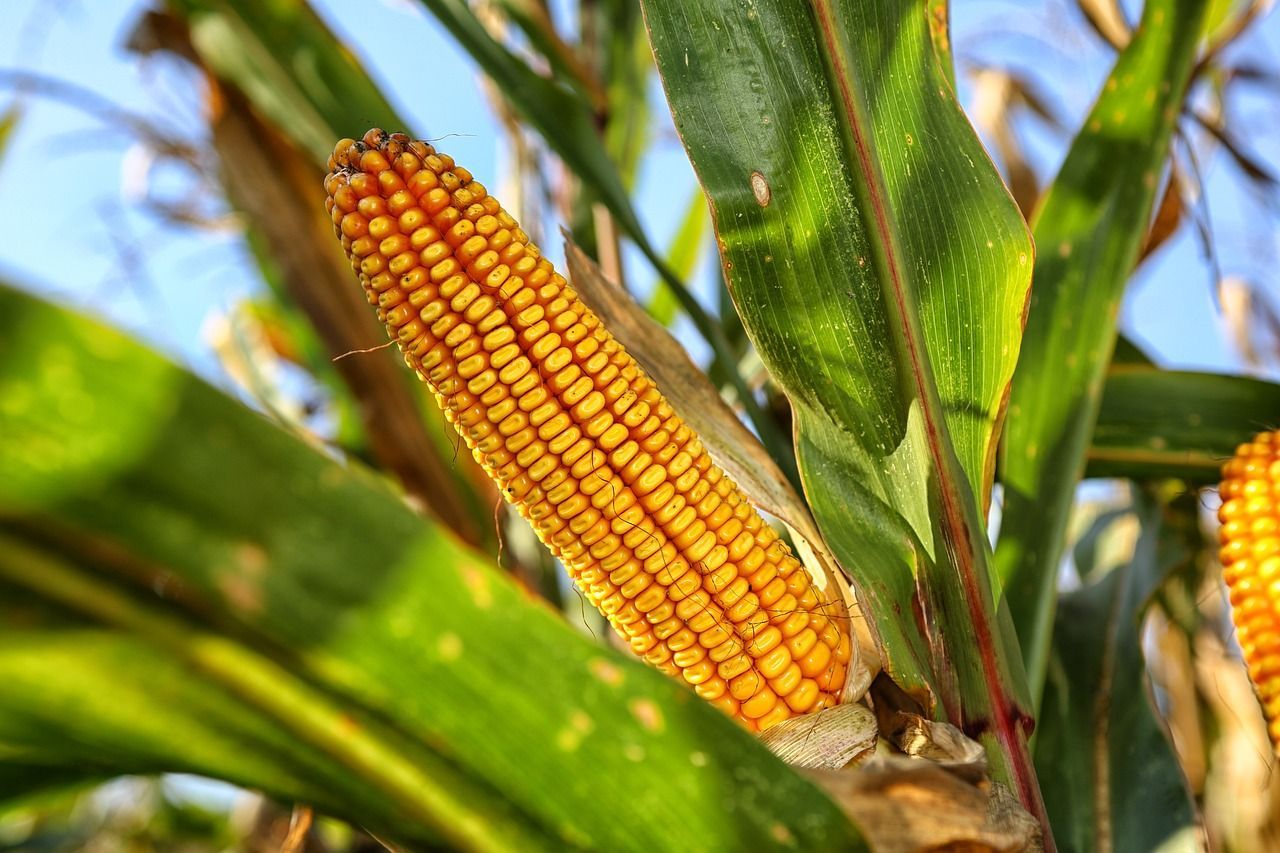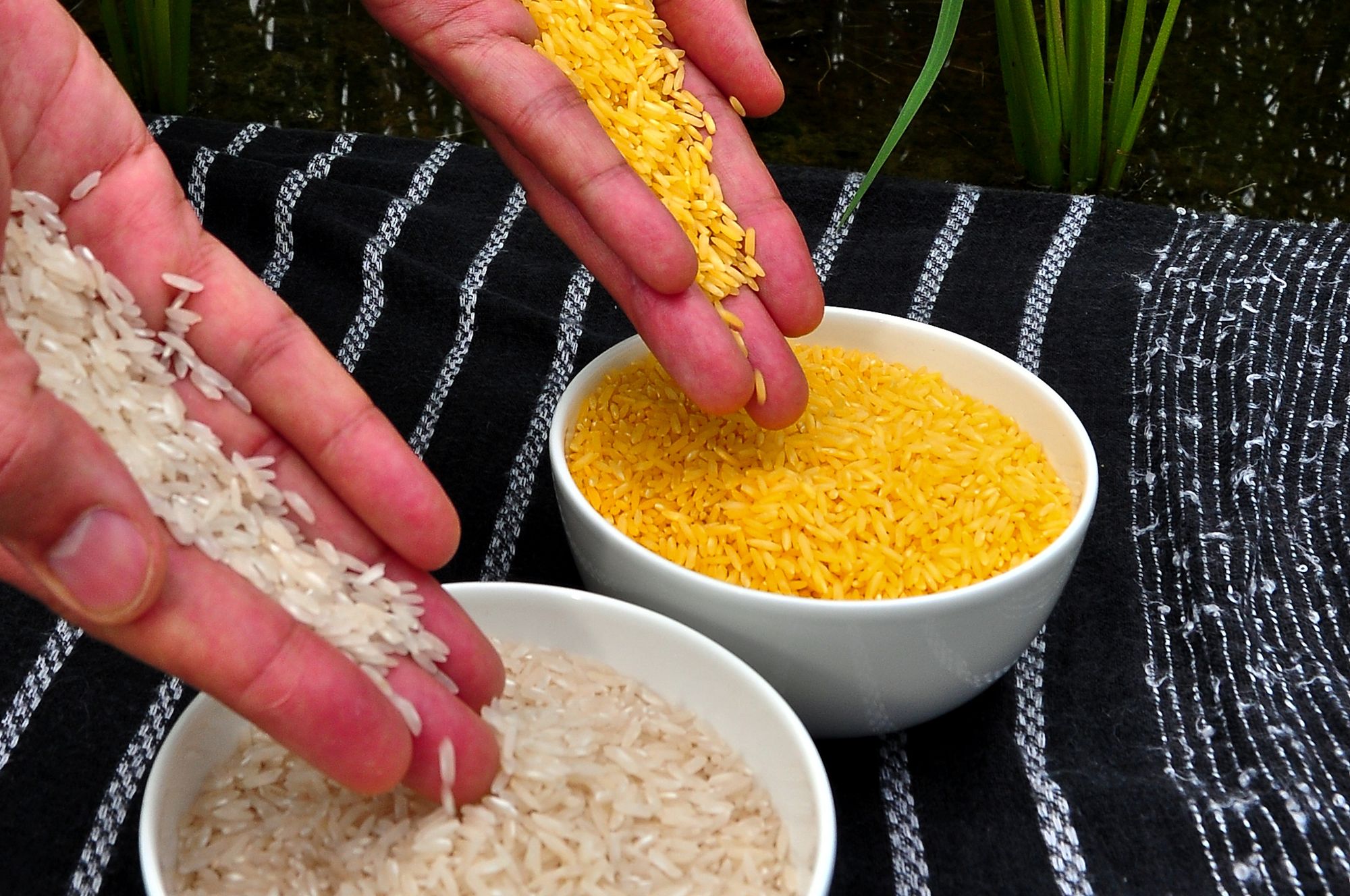
🌽 Hardy grass can produce larger corn yields
A resistant grass variety showed researchers how corn can be made more resistant to nutrient deficiencies, reduce the need for fertilizer, and increase yields.
Share this story!
The Seashore Paspalum grass variety is one of the hardiest grasses we know. It can withstand drought, salty water, heat, and cold better than other grasses. This means that it was, among other things, used on the pitches in last year's football World Cup in hot Qatar, but Seashore Paspalum can also show how we can make grain cultivation more efficient in the future.
Researchers at the University of Nebraska–Lincoln in the USA have succeeded in isolating the genes in the grass that makes it so resistant. It turned out that the key to the resistance is that the grass reacts to nutrient deficiency by doubling the production of the sugar molecule trehalose.
Grains such as corn and sorghum use the same method, but do not produce as much trehalose and are therefore not as resistant. The researchers, therefore, tested changing genes in corn so that they also produced more trehalose.
That didn't work so well, so the researchers instead tried inhibiting an enzyme in corn that breaks down trehalose. This made the corn grow better even if it received less nutrition. The new variety can not only grow better under difficult conditions but also requires less nutrition and thus less fertilizer under normal conditions.
The researchers will now go further and try to produce a commercially viable variant of the new corn.
"If we can introduce this gene region into other high-yielding varieties such as corn that give large harvests, but are very sensitive to nutrient deficiencies, we may be able to get a variety that both gives high yields and has great resistance," says Guangchao Sun, one of the researchers behind the study, in a press release.


By becoming a premium supporter, you help in the creation and sharing of fact-based optimistic news all over the world.



